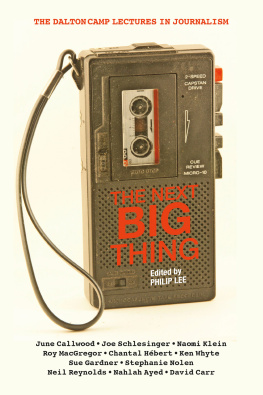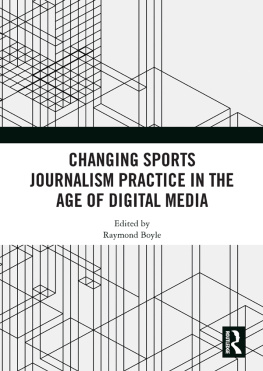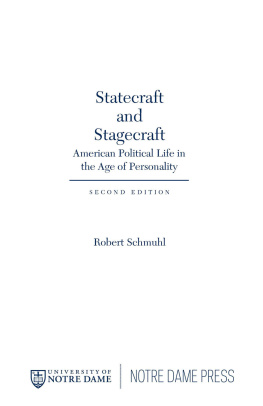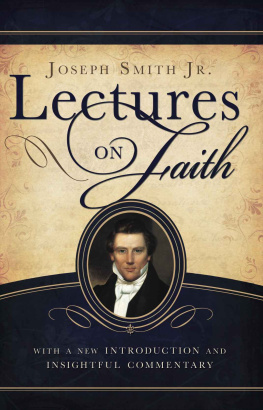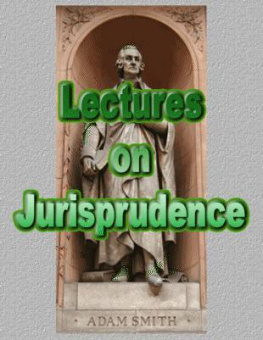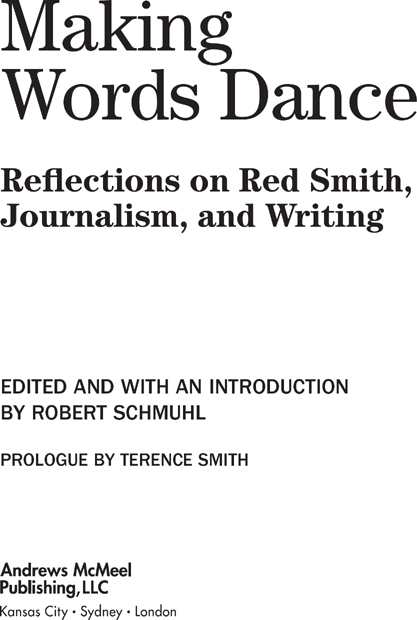Andrews McMeel books are available at quantity discounts with bulk purchase for educational, business, or sales promotional use. For information, please write to: Special Sales Department, Andrews McMeel Publishing, LLC, 1130 Walnut Street, Kansas City, Missouri 64106.
For Rev. Theodore M. Hesburgh, C.S.C.,
Notre Dames second founder
and consummate homme engag,
with admiration and gratitude
PREFACE
T his book provides a quarter-century chorus of tribute for a newspaper columnist with an enduring legacy and appeal. When Red Smith died in 1982, the University of Notre Dame decided to honor a revered alumnus in journalism by creating a lecture series in his name. Whether examining the state of news in America, celebrating stylish writing, or both, the Red Smith Lecture in Journalism is a continuing reminder of the value and values of the craft Smith practiced for fifty-five years.
In the pages that follow, some of this countrys most respected journalists and writers focus on subjects that are simultaneously timely and timeless. From James Restons lecture in 1983 through Tim Russerts in 2008, the reader can trace the revolutionary change thats been taking place throughout the news media and the media in general over the past twenty-five years. But continuity abides, too, especially the magic of engaging prose, with words that dance, in telling the public whats happening, who might be involved, and why its significant.
To a certain extent, these lectures provide a running historical account of American journalism in the late twentieth and early twenty-first centuries. Because news people naturally tend to gravitate to contemporary affairs, a reference here or there might elude a younger reader. A brief Google search will solve the mysteryand, truth be told, the larger point of the lecture is more important. The prologue and introduction focus directly on Smith, the man and the writer, and these sections appear in this volume for the first time.
Since its beginning, the Smith Lecture series has sought to foster good writing. Each invited speaker is asked to come to Notre Dame to deliver the talk, with the understanding that a revised text of the remarks will be published. These booklets are then distributed to journalists and educators, with multiple copies often used in newsrooms and classrooms to discuss issues raised in the lecture.
The presentation of the lectures on the Notre Dame campus and their later publication have never followed a strict, repeating pattern or format. Terence Smith (Reds son, a Notre Dame alumnus and a noted print and broadcast journalist) has frequently participated in activities by talking about his father or introducing the speaker. After Murray Kempton and Dave Kindred delivered their lectures, formal responses to the remarks by well-known commentators visiting the university followed, and they are reprinted in this book. Some speakers have engaged in postlecture discussions with the public; others have declined to do so. Some statements from question-and-answer periods appear here, particularly those that contribute perceptions distinct from the lecture or that amplify points mentioned in the prepared remarks.
Because most lectures recognize Smiths literary skills, representative examplesfrom meticulously reported columns to truth-stretching personal tales, from the traditional column to the more comprehensive magazine featureappear throughout the volume and separate each talk. Young readers, in particular, will have the chance to see (and even study) how journalism, often composed on deadline, can aspire to be literature.
Two Smith Lecturers, Art Buchwald (in 1988) and Robert Maynard (in 1989), delivered their talks, but neither submitted a final version for publication. Buchwald visited Notre Dame the day the Red Smith Collection was dedicated at the universitys Theodore M. Hesburgh Library. All of Smiths papers, books, writing tools, and sports memorabilia were donated to his alma mater in September 1987 and opened to the public on March 23, 1988.
Buchwald donated his honorarium to the Red Smith Writing Scholarship at Notre Dame, which had been created by Smiths family and friends shortly after his death. Buchwald had previously been the principal speaker at a luncheon in Washington, D.C., on behalf of the scholarship fund. Rather than a formal disquisition on journalism, the satiric columnists performance on campus (While the Gipper Slept) was vintage Buchwald, with quips and one-liners convulsing the assembled crowd.
As the editor and owner of the Oakland Tribune and a columnist for Universal Press Syndicate, Maynard was always confronting daily deadlines to meet professional obligations, and then in 1988 he began an extended battle with cancer. Unfortunately, he was never able to complete to his satisfaction a written version of his manuscript, Red Smiths America and Mine, before his untimely death in 1993.
Throughout his decades as a columnist, Smith saw his writing enjoy second and third lives in books and other publications. One of the funniest columns he ever composeddescribing the fire-and-ice ritual akin to human sacrifice he endured during a sauna in Finlandwas published in the New York Herald Tribune on July 29, 1952, with a later appearance in Smiths collection Views of Sport (1954). Readers Digest featured this joust with the mother tongue in its August 1968 editions, which were circulated in English and several other languages worldwide.
Similarly, several Smith Lectures have found their way into anthologies, newspapers, and magazines. Charles Kuralts words in The View from the Road are the most traveled, including stops in journalism textbooks and, yes, Readers Digest.
In the biography Sportswriter: The Life and Times of Grantland Rice, published by Oxford University Press in 1993, Charles Fountain looks beyond his principal subject and Rices achievements to observe, Anyone who has read an American sports page in the second half of the twentieth century has felt the influence of Red Smith. No American newspaper writerhell, no American writer periodever took greater pride in the craft than did Walter Wellesley Smith of Green Bay, Wisconsin.
The Red Smith Lecture in Journalism at Notre Dame continues to take pride in its namesake and the craft he honored with his memorable prose. Part celebration of one life, part tutorial in the writers art, and part examination of the state of American journalism, the ensuing pages give permanence to that enduring pride.


